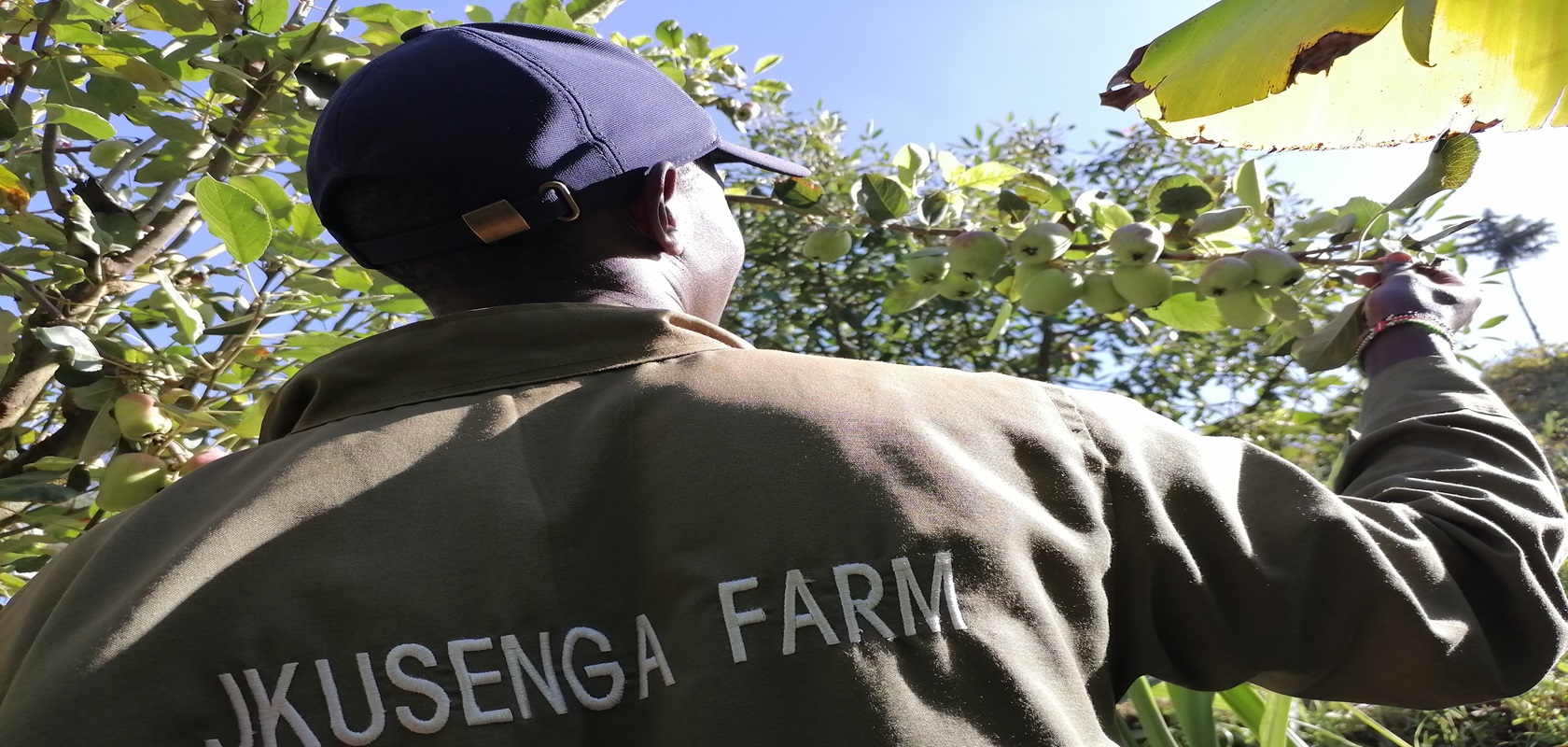Apple farming is an age-old practice that has been deeply rooted in agriculture for centuries. The journey of an apple, from a delicate blossom to a crisp fruit ready for harvest,
is a fascinating process that involves careful cultivation and nurturing. In this blog post, we'll delve into the basic aspects of apple farming, shedding light on the key stages of growth and the efforts that go into producing the perfect apple.
Apple orchards boast a diverse array of apple varieties, each with its unique flavor profile, texture, and color. Popular varieties include Fuji, Gala, Granny Smith, Honeycrisp,
and many more. The choice of apple variety often depends on factors such as climate, soil type, and local market demands.
The journey begins with planting apple trees. Proper spacing, soil preparation,
and irrigation are crucial factors in establishing a healthy orchard. Apple trees require well-drained soil and a good balance of sunlight. Orchard managers employ various cultivation practices, including pruning, pest control, and disease management, to ensure optimal tree health.
One of the most picturesque stages in apple farming is the blossoming of apple trees in spring. During this time, delicate flowers emerge, and the orchard transforms into a sea of white and pink blooms. Apples require cross-pollination for fruit development,
often facilitated by bees and other pollinators. Farmers pay close attention to these natural processes to ensure a successful yield.
Following successful pollination, the apple fruit begins to develop.
The growth and maturation process can take several months, during which farmers monitor factors such as water supply, nutrient levels, and protection against pests. Thinning, the removal of excess fruit, is often done to enhance the size and quality of the remaining apples.
Harvest season is a crucial time for apple farmers. The timing of the harvest depends on the apple variety and local climate conditions. Modern orchards may use specialized machinery for picking, but hand-harvesting is still common, especially for delicate varieties.
Careful handling is essential to prevent bruising and ensure the apples reach consumers in top condition.
Once harvested, apples undergo post-harvest processes, including washing, sorting, and packing.
Cold storage is often employed to extend the shelf life of apples and preserve their freshness. The proper handling of apples after harvest is vital for maintaining their quality during transportation and storage.
Many apple orchards are embracing sustainable and eco-friendly farming practices. Integrated pest management, organic farming methods,
and water conservation initiatives are becoming increasingly popular to minimize environmental impact and produce healthier, more resilient apple crops.

